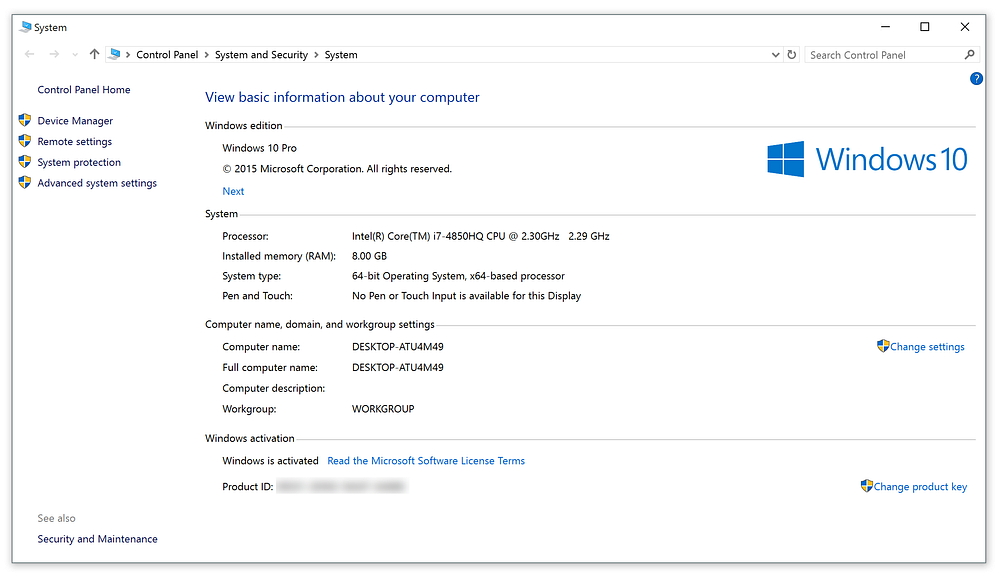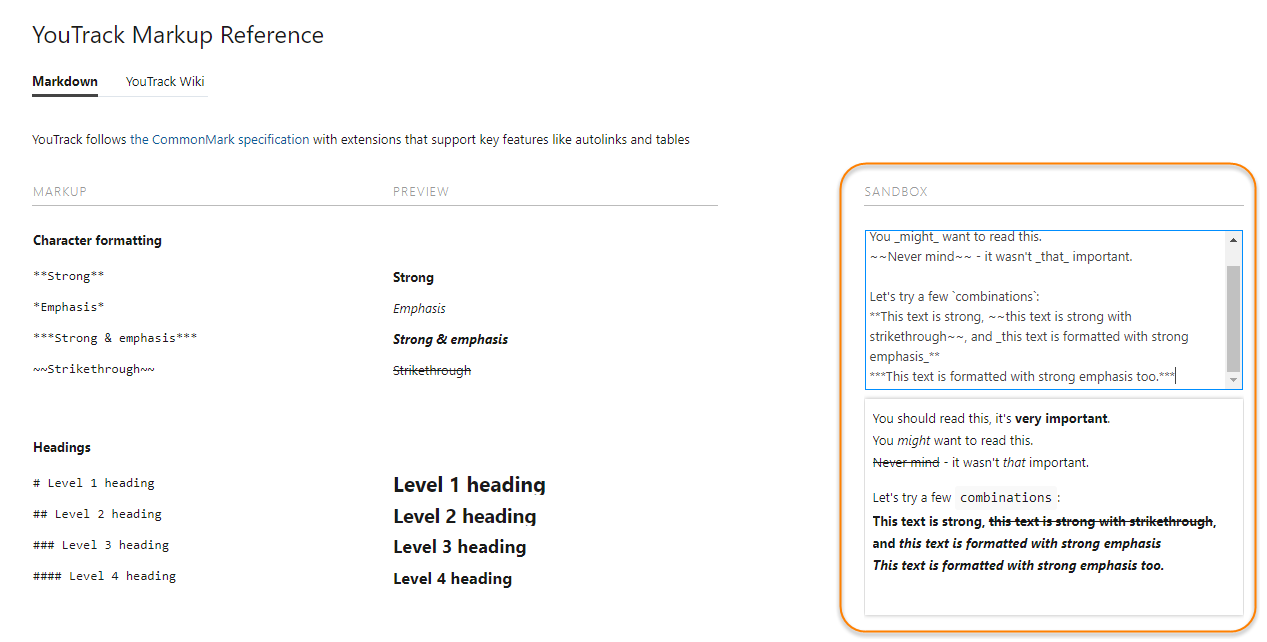


Offset for section headings in output (offsets are 0 by default) The first number is added to the section number for top-level headings, the second for second-level headings, and so on. You customize numbering depth using the number-depth option.įor example, to only number sections immediately below the chapter level, use this: unnumbered will never be numbered, even if number-sections is specified.īy default, all headings in your document create a numbered section. The title used for the table of contents. Location for table of contents ( body, left, or right (default)). Specify the number of section levels to include in the table of contents. If you would prefer it to be at the end of the document, use the option pdf-engine-opt: -no-toc-relocation. Note that if you are producing a PDF via ms, the table of contents will appear at the beginning of the document, before the title. This option has no effect if standalone is false. Include an automatically generated table of contents (or, in the case of latex, context, docx, odt, opendocument, rst, or ms, an instruction to create one) in the output document.


This is useful for preventing duplicate identifiers when generating fragments to be included in other pages. Specify a prefix to be added to all identifiers and internal links in HTML and DocBook output, and to footnote numbers in Markdown and Haddock output. Wrap sections in tags and attach identifiers to the enclosing rather than the heading itself. See the Pandoc documentation on Math Rendering in HTML for additional details. Method use to render math in HTML output ( plain, webtex, gladtex, mathml, mathjax, katex). Theme name, theme scss file, or a mix of both.ĭisables the built in html features like theming, anchor sections, code block behavior, and more.Įnables hover over a section title to see an anchor link.Įnables smooth scrolling within the page. Displays the document Digital Object Identifier in the header.


 0 kommentar(er)
0 kommentar(er)
